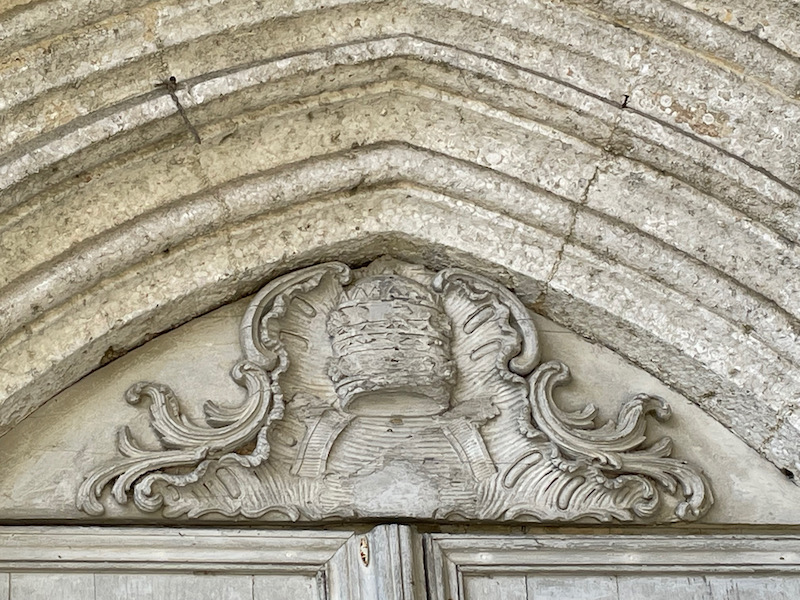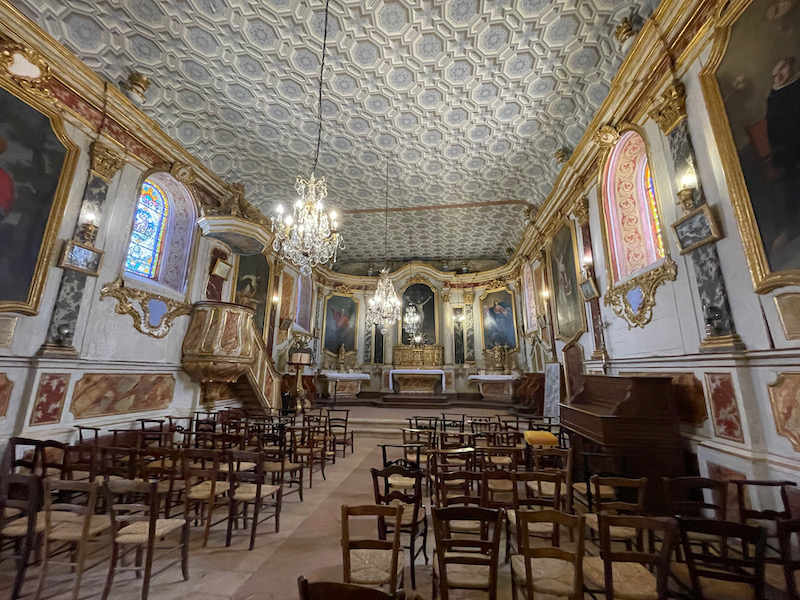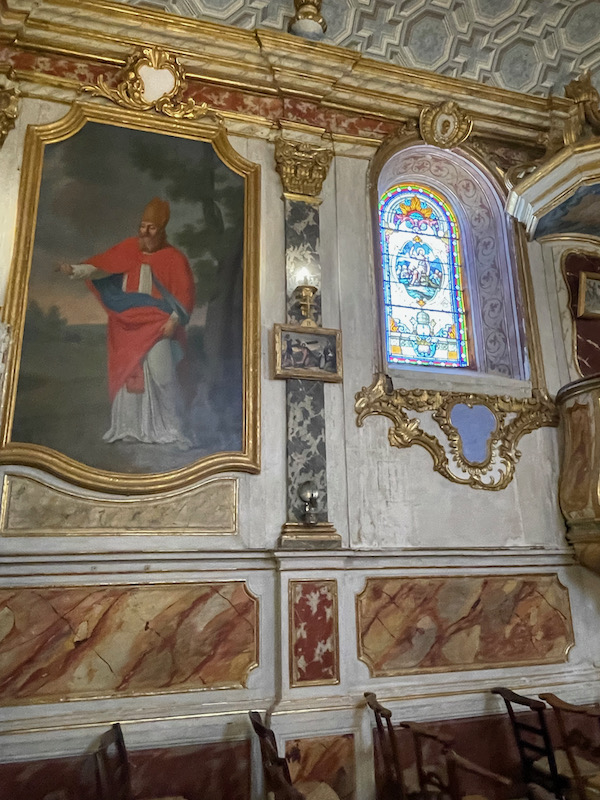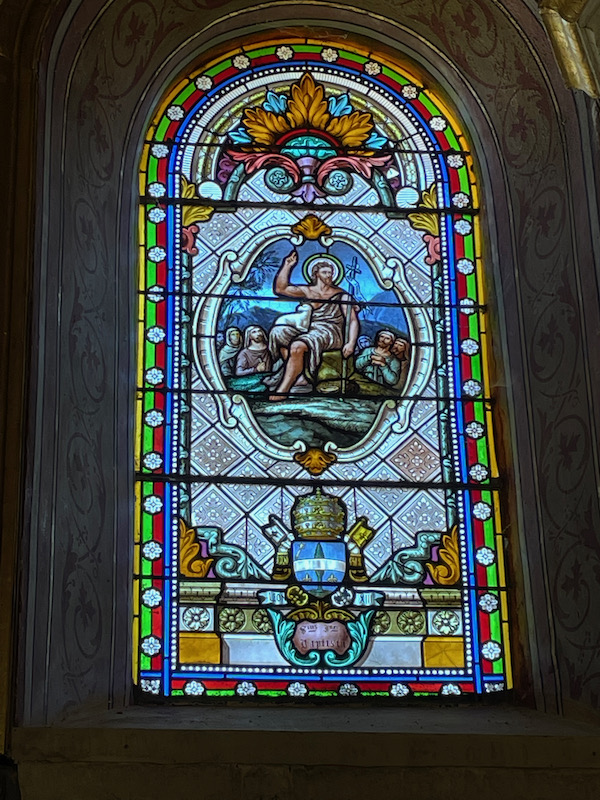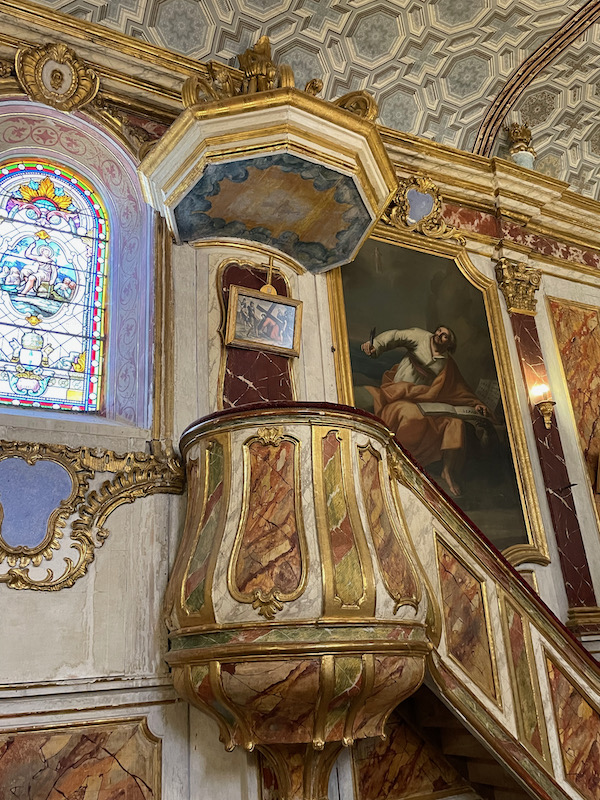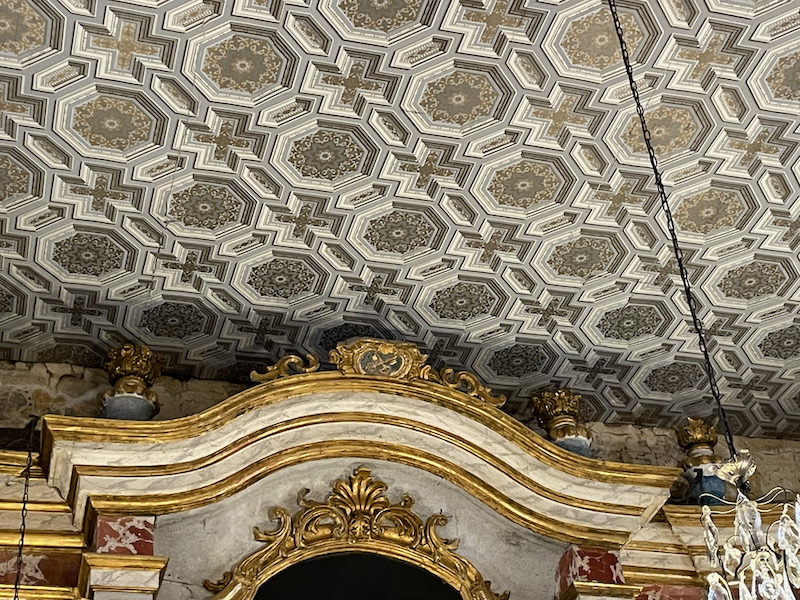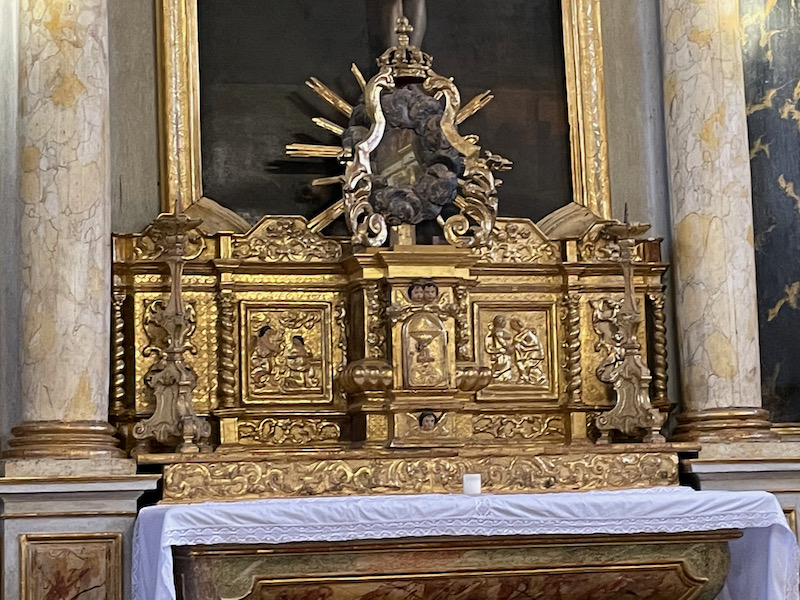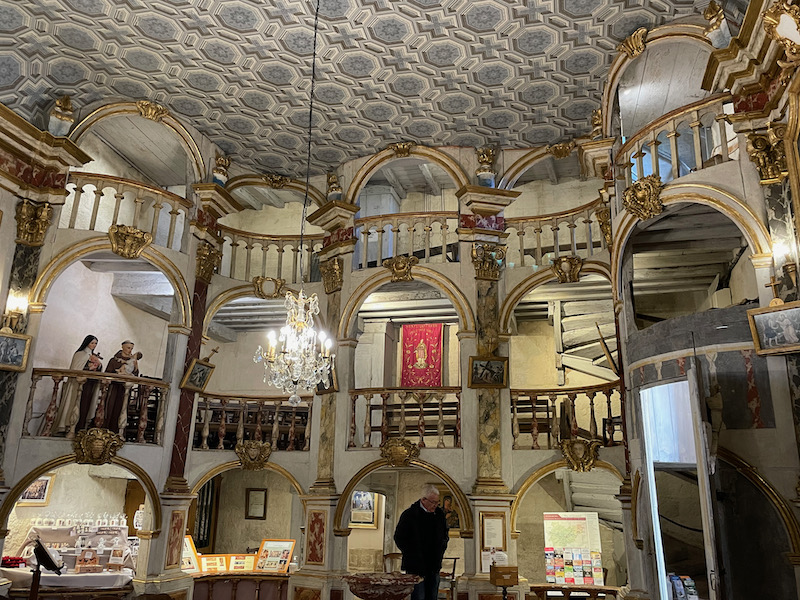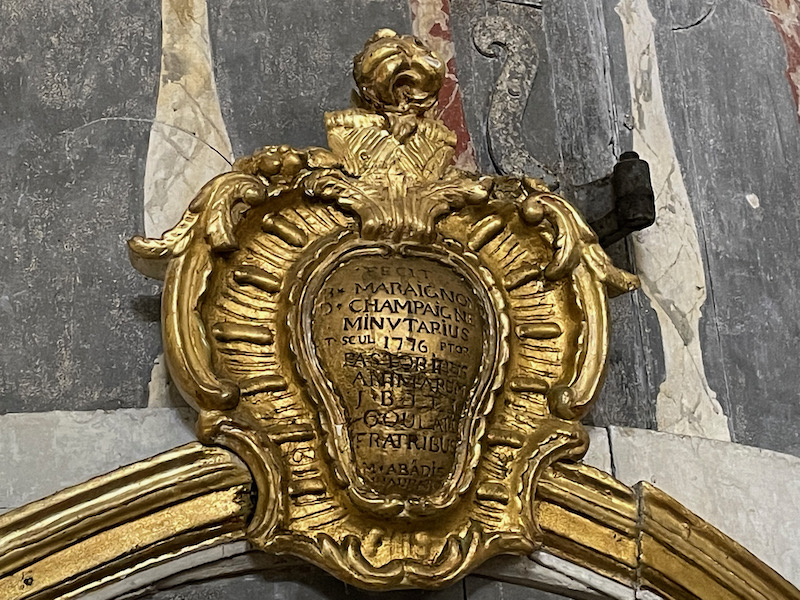Our Blog - LaChapelle, France
This blog will be a little interesting (I hope). We had been given a brochure of this gorgeous church in a town nearby when we stopped at Beaumont-de-Lomagne. So I put it on the agenda for Sunday, as we were heading back to Toulouse. This worked out fine because it was pretty much along the way. I didn't do any research in advance, and I was a bit surprised when we got there. Literally .. it is a church, a town hall, and a handful of houses around the church ... 118 people. I also didn't look close enough at the brochure to see that the church is only open in the afternoons on Sunday (OOPS!). Thankfully for us, it was Election day (first round) and so there was someone at the Town Hall that saw us head towards the church and came over. We noticed that the church was closed and had just turned around to leave when the person came up to us and asked if we wanted to look inside the church, as he could go fetch the key. WOW!!! So this person opened the church just for us ... WOW WOW WOW!
The church is actually the chapel of a castle that was built here in the 12th century. What we see there now is the original keep of the castle, although the top 1/2 of the castle was lost in the 19th century. At the end of the 12th century or the beginning of the 13th century, the castle chapel was added for the Templars. When the Templars were condemned in 1312, the property stayed with the House of Armagnac instead of being collected by the Order of Saint John in Jerusalem, like most of the Templar properties were. The castle passes through a set of hands until the French Revolution, when it was sold as national property. In 1848, the castle belonged to Bernard Maguelonne, mayor of the village and his family remained owners of the castle until 1993.
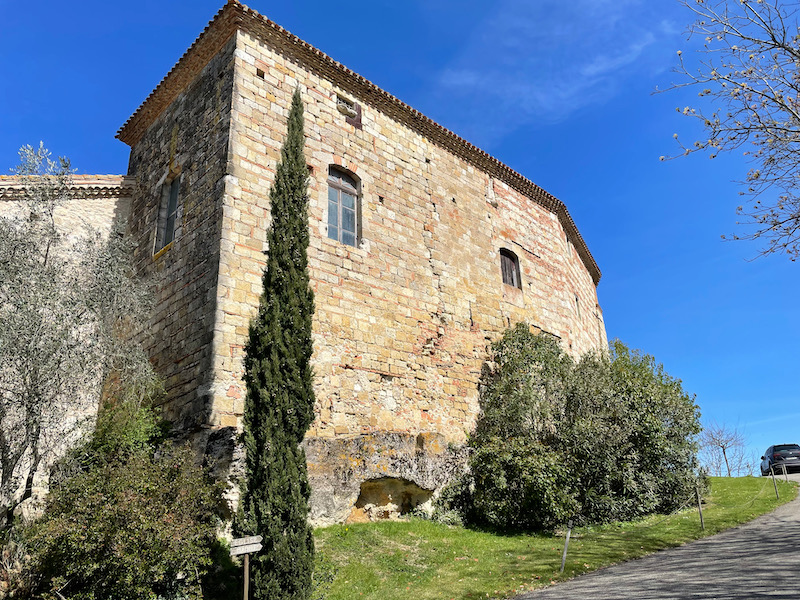
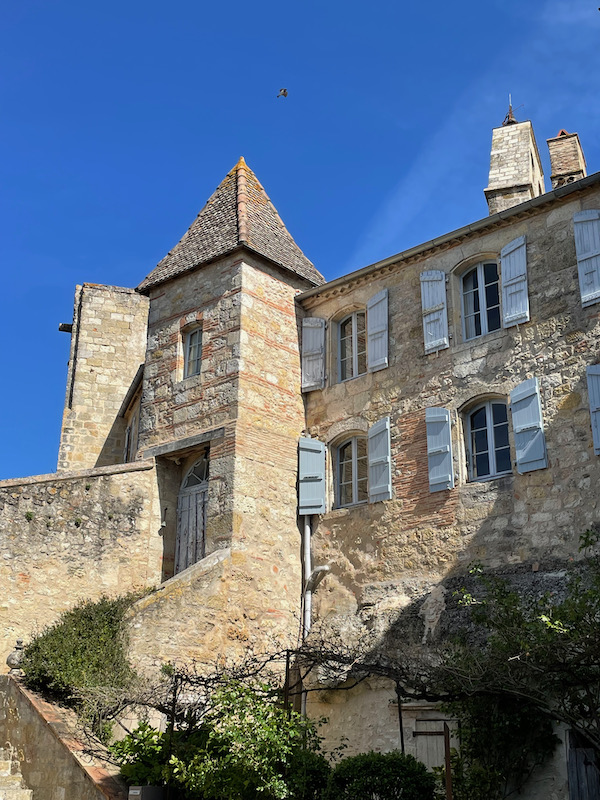
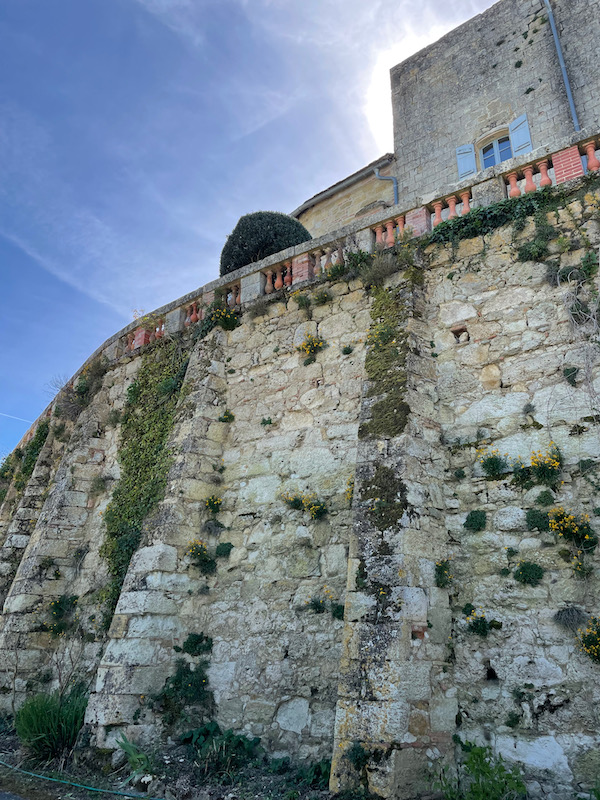
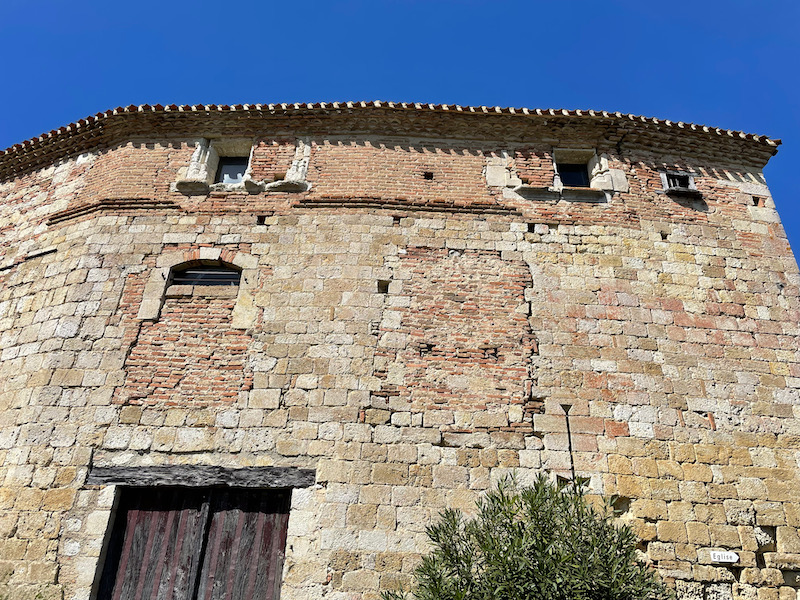
The Saint-Pierre Church was modified in the second half of the 15th century to make it a parish church (instead of a private church for the castle). A new Gothic-style doorway was put into the northern façade to allow parishioners to enter. If you miss this doorway, you wouldn't know that there was a chapel here, since it is just inside of what looks like a castle.
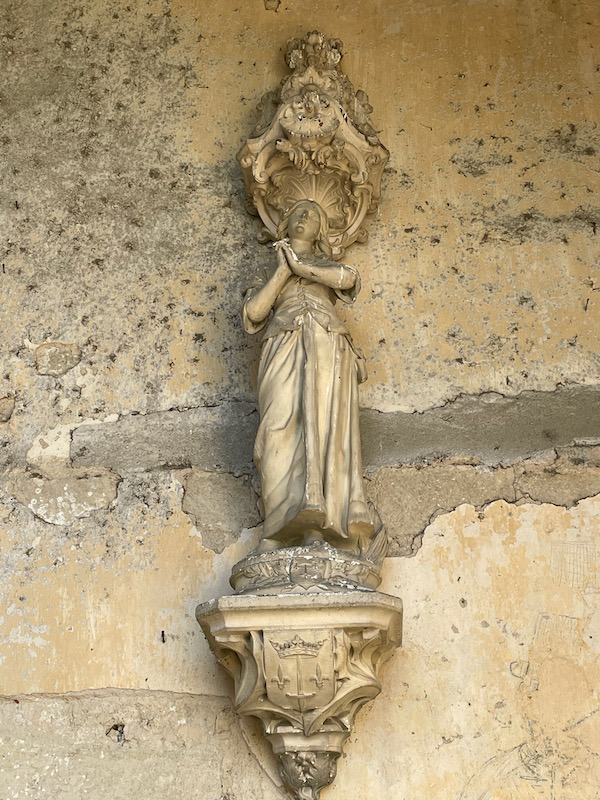
The gentleman who let us in specifically showed us this, which has the date 1776 on it. He said that most Americans think that has something to do with American Independence, but in fact, it is just the end-date of the work on the interior decoration.
